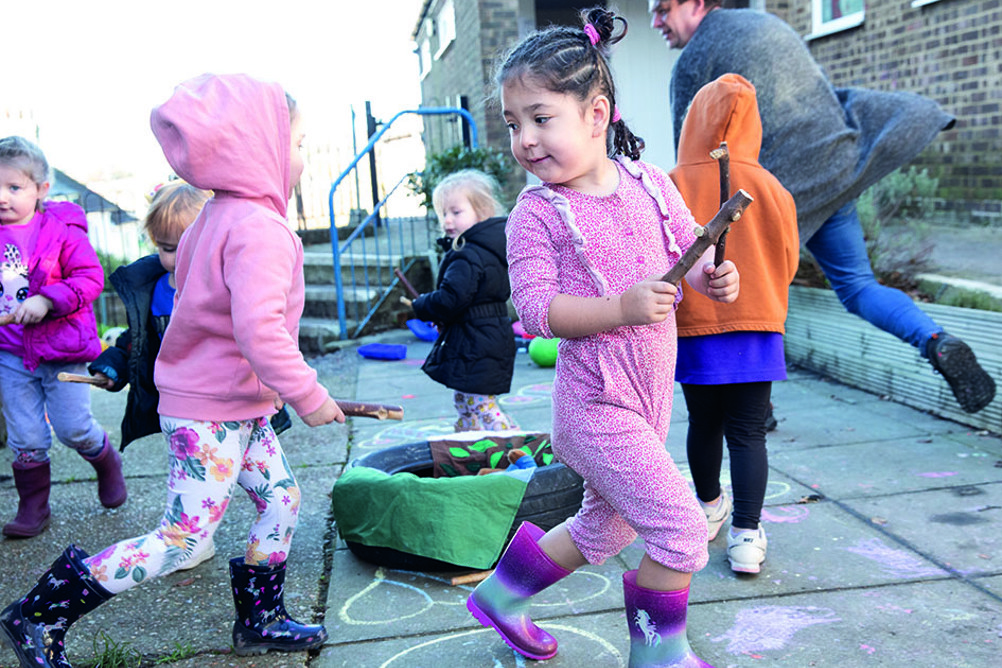
Babies in utero are surrounded by different body rhythms: heartbeat, breathing, digestive rumbles, and the ordinary sounds of daily life they may hear through the womb wall.
Once born, their wider experience of rhythm will include changing seasons, night and day, sleeping and waking. Aligning personal body rhythms with the wider world and the demands of others can often be challenging in the first two years.
As children grow and develop, their experience of rhythm widens to include different languages and genres of music. Timing also emerges as an important physical skill as they explore the environment and engage with more complex resources independently.
Register now to continue reading
Thank you for visiting Nursery World and making use of our archive of more than 35,000 expert features, subject guides, case studies and policy updates. Why not register today and enjoy the following great benefits:
What's included
-
Free access to 4 subscriber-only articles per month
-
Unlimited access to news and opinion
-
Email newsletter providing activity ideas, best practice and breaking news
Already have an account? Sign in here









